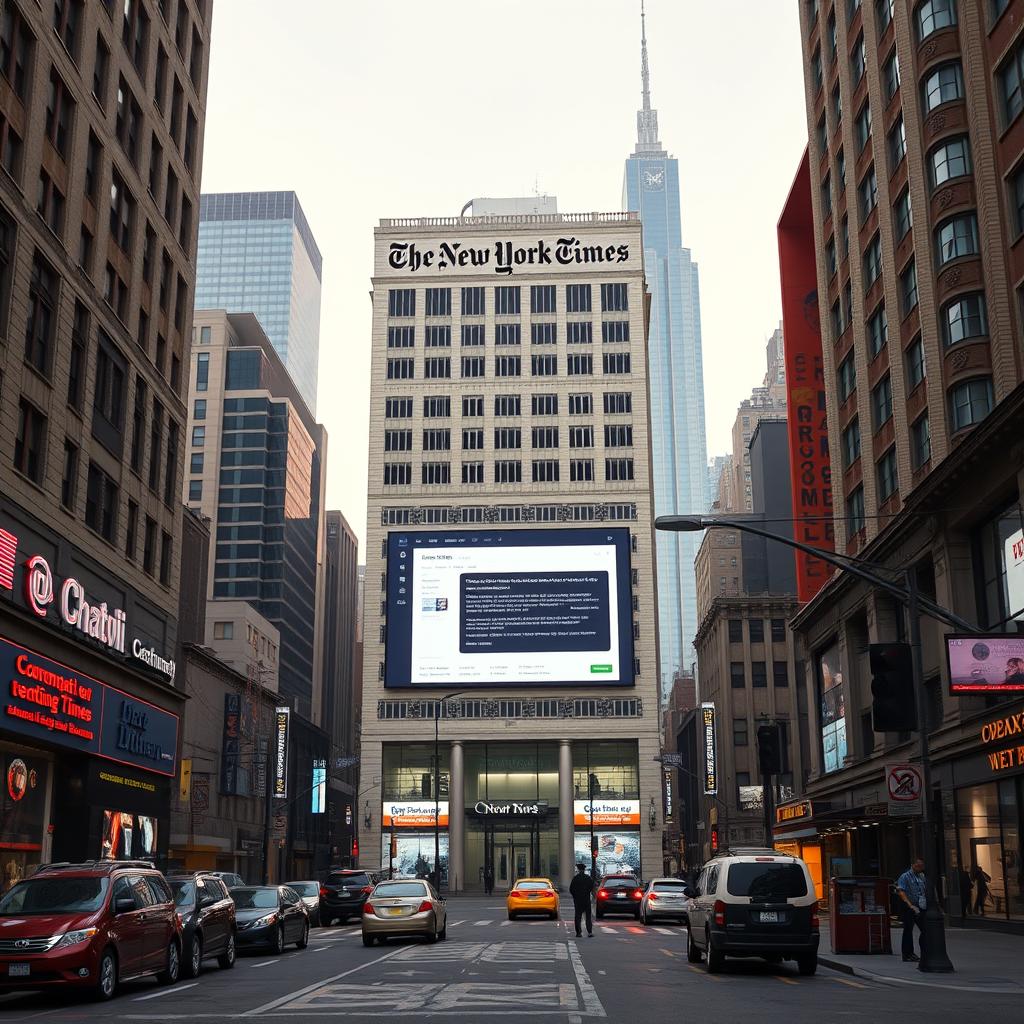The New York Times vs. OpenAI: A Battle for the Future of AI and Copyright
The recent lawsuit filed by the New York Times against OpenAI for copyright infringement has sparked a heated debate about the intersection of artificial intelligence (AI) and intellectual property rights. OpenAI CEO Sam Altman’s comments at the DealBook Summit have shed light on the complexities of this issue, emphasizing the need for a fair system to compensate creators for the use of their work and likeness.
The Rise of AI and the Issue of Copyright Infringement
Large language models (LLMs) like OpenAI’s ChatGPT are trained on massive datasets, including books, websites, and articles. While LLMs don’t retain specific articles, they can generate responses based on patterns and structures learned from the training data. The New York Times claims that OpenAI gave particular emphasis to their articles when building their LLMs, revealing a preference that recognizes the value of those works.
A Flawed Approach to Copyright Infringement?
The New York Times’ lawsuit is one of several targeting OpenAI for copyright infringement. However, OpenAI has pushed back against the claims, suggesting that the newspaper was not telling the full story. The AI giant alleged that the Times tailored its prompts to make ChatGPT generate responses that would prove their claims, and that the model’s behavior was influenced by the way the prompts were designed.
Altman’s Call for a Fair System
In response to the lawsuit, Altman called for a fair system to compensate creators for the use of their work and likeness. He suggested an opt-in model where creators could earn micropayments whenever their name, likeness, or style is used to generate content. This approach acknowledges the value of creative work and provides a potential solution to the issue of copyright infringement.
The Need for a New Economic Model
Altman’s comments highlight the need for a new economic model that allows creators to have new revenue streams. The current system, based on traditional copyright laws, may not be sufficient to address the complexities of AI-generated content. An opt-in model, as proposed by Altman, could provide a more equitable solution, allowing creators to benefit from the use of their work in AI-generated content.
Key Takeaways
- The New York Times’ lawsuit against OpenAI highlights the complexities of copyright infringement in the age of AI.
- OpenAI has pushed back against the claims, suggesting that the newspaper was not telling the full story.
- Altman has called for a fair system to compensate creators for the use of their work and likeness.
- An opt-in model, where creators can earn micropayments for the use of their work in AI-generated content, could provide a solution to the issue of copyright infringement.
Predictions and Future Developments
In the coming months, we can expect to see further developments in the case of the New York Times vs. OpenAI. The court’s decision will have significant implications for the future of AI-generated content and intellectual property rights. We may also see the introduction of new economic models that allow creators to benefit from the use of their work in AI-generated content.
Recommendations for Creators and Businesses
- Creators should consider registering their work and likeness with a centralized database to ensure they receive fair compensation for the use of their work in AI-generated content.
- Businesses should explore new economic models that allow creators to benefit from the use of their work in AI-generated content.
- Policymakers and regulators should work towards developing a clear and comprehensive framework for addressing copyright infringement in the age of AI.
By understanding the complexities of copyright infringement in the age of AI, we can work towards a more equitable solution that benefits both creators and businesses.




